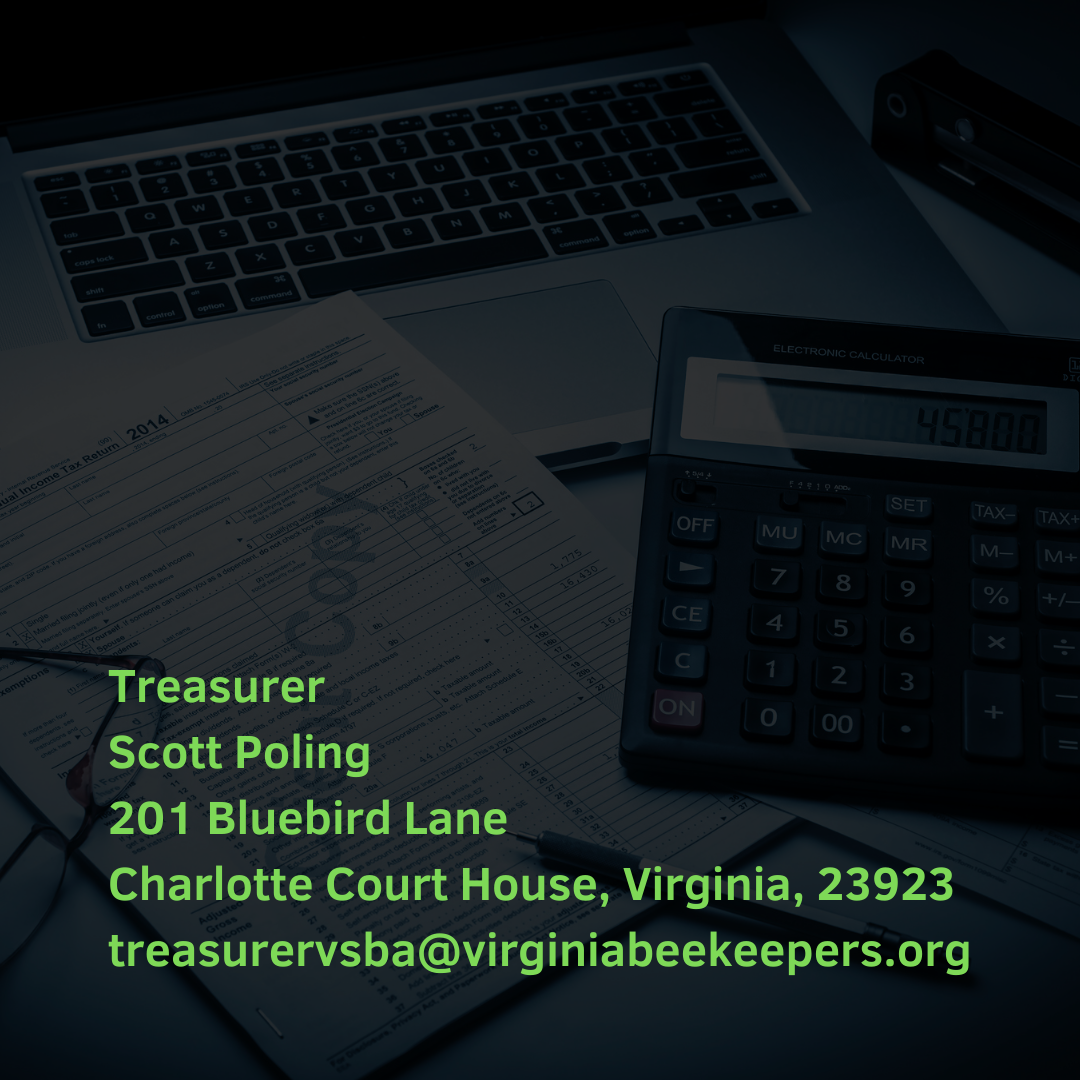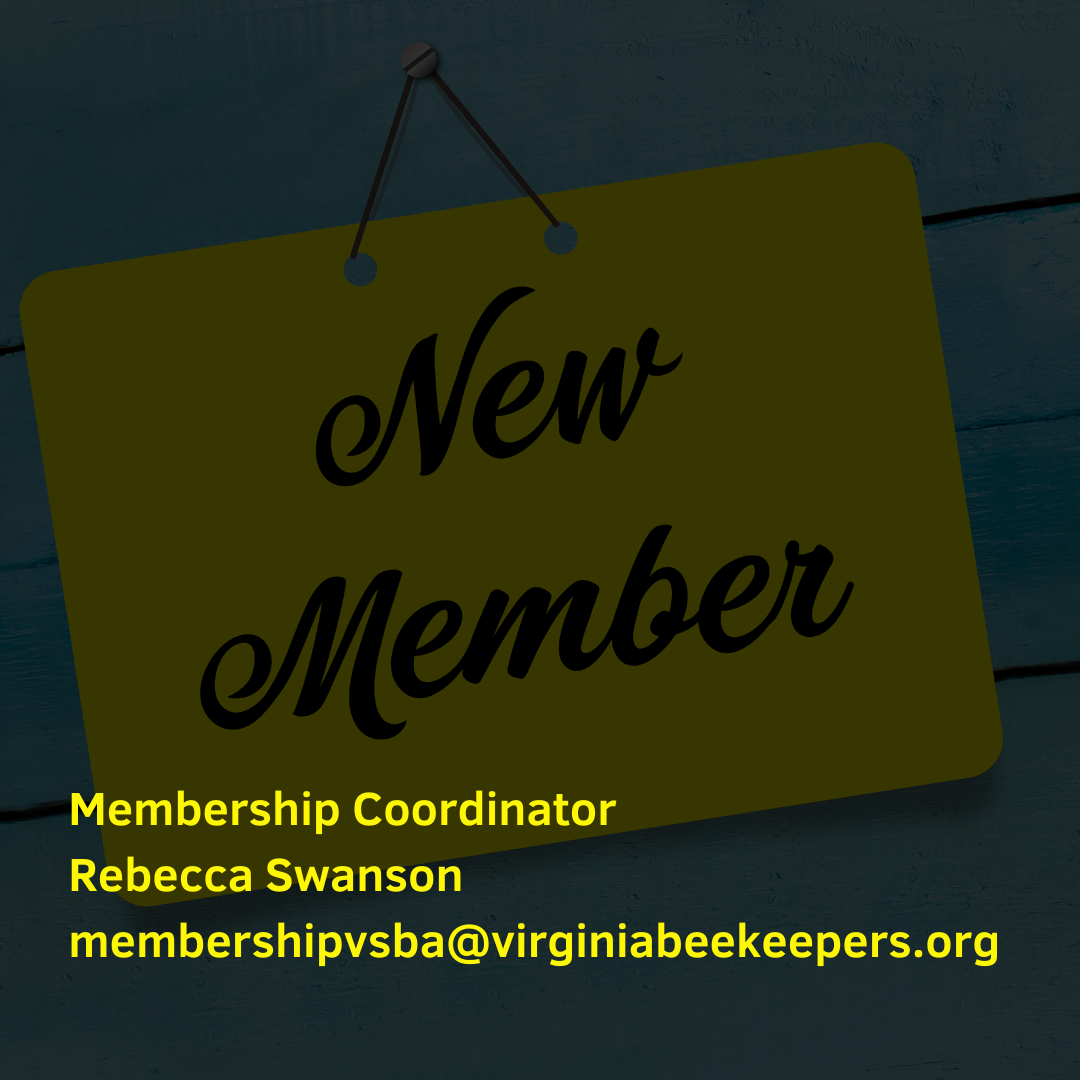Resources for Local Bee Clubs
Guide to Starting and Running a Beekeeping Club
1. Establish the Club’s Mission and Goals
Define the purpose of your club. Typical goals include supporting local beekeepers, promoting bee conservation, and providing resources on best practices in beekeeping.
2. Set Up the Club’s Structure and Board
Establishing a well-defined leadership structure is essential for smooth club operations. Here are suggested board positions and their responsibilities:
-
President
- Leads meetings and club events.
- Represents the club to the public and oversees activities and strategic initiatives.
- Works with other board members to ensure the club's mission and goals are met.
-
Vice President
- Supports the President and assumes their duties in their absence.
- Often coordinates special events and workshops and assists with administrative tasks.
-
Secretary
- Records meeting minutes, maintains club records, and manages communications.
- Keeps membership lists updated and coordinates member announcements.
-
Treasurer
- Manages club finances, including collecting dues, tracking expenses, and budgeting.
- Provides regular financial reports to the board and general membership.
- Ensures the club meets any legal or tax obligations.
-
Membership Coordinator
- Manages new member outreach, orientation, and retention.
- Organizes member events and maintains engagement among members.
-
Education Coordinator
- Plans and coordinates educational presentations and workshops.
- Develops training sessions and resources for beekeepers at all skill levels.
-
Community Outreach Coordinator
- Organizes public outreach and educational programs.
- Works with local organizations and the community to increase awareness of beekeeping.
3. Develop a Meeting Schedule
Consistent monthly meetings provide structure, continuity, and opportunities for learning and community building.
- Frequency: Monthly meetings, typically on the same day and time each month (e.g., first Tuesday of the month at 7 PM).
-
Structure:
- Educational Topic: Cover a specific beekeeping topic relevant to the season, such as hive management, pest control, or honey extraction.
- Discussion and Q&A: Open the floor for members to ask questions, share their experiences, and discuss challenges.
- Club Business: Briefly discuss administrative updates, financial status, and upcoming events or initiatives.
- Social Time: Create space for informal conversations and networking, helping new members connect with experienced beekeepers.
4. Organize Bee Yard Workshops and Training
Hands-on training allows members to apply what they've learned in meetings. Workshops should reflect the seasonal needs of beekeepers.
Monthly Bee Yard Training Schedule:
- When: Third Saturday of each month, 10:00 AM - 12:00 PM.
-
Content:
- Spring: Hive inspections, swarm prevention, and early pest management.
- Summer: Mite monitoring, honey harvesting, and summer hive management.
- Fall: Preparing hives for winter, feeding, and health checks.
- Winter: Equipment maintenance and preparing for spring.
5. Manage Club Finances and Treasurer Duties
A solid financial foundation is vital for a sustainable club. The Treasurer’s responsibilities include:
-
Budgeting
- Draft an annual budget covering projected expenses such as supplies, administrative costs, and special events.
- Allocate funds for education, outreach, and social activities.
-
Dues Collection
- Set a membership fee to support club activities.
- Track dues collection and follow up with members on outstanding payments.
-
Financial Reporting
- Present a financial report at each board and general meeting.
- Maintain transparent financial records accessible to members.
-
Fundraising and Sponsorships
- Plan fundraising activities, like honey sales, workshops, or merchandise sales.
- Seek sponsorships or grants to support activities and purchase necessary equipment.
6. Build Community and Promote Outreach
A thriving club depends on an engaged and connected community. Strategies for building membership and fostering engagement include:
-
Member Engagement
- Encourage members to participate in planning and hosting events.
- Create opportunities for members to socialize and share experiences.
- Establish a mentorship program to connect beginners with seasoned beekeepers.
-
Public Outreach
- Host public events or participate in community festivals and fairs.
- Work with schools, libraries, and local organizations to provide educational programs.
-
Social Media and Online Presence
- Maintain a website and social media pages to promote events and share information.
- Use digital platforms to engage with members and the broader community.
7. Plan an Annual Calendar of Events
Planning a yearly calendar helps members anticipate upcoming events and stay organized. Here’s a sample outline:
- January: Winter hive care and planning for spring.
- February: Early spring preparations and pest management.
- March: Swarm prevention and hive inspections.
- April: Spring hive management and queen rearing basics.
- May: Honey flow and mite monitoring.
- June: Honey extraction and summer management.
- July: Summer hive health and managing dearth periods.
- August: Preparing for fall and feeding strategies.
- September: Harvesting late honey and final mite treatments.
- October: Winterizing hives and equipment maintenance.
- November: Candle making or craft night with beeswax.
- December: Holiday social event or end-of-year party.
This guide provides a solid framework to help establish a beekeeping club, develop a community of engaged members, and support new and seasoned beekeepers alike.
Resources for Local Bee Clubs
501(c)(3) Tax Exemption
File for 501(c)(3) tax exemption status with the IRS.
Replacement Documents
Obtain replacement copies of your EIN/501(c)(3) documents.
Robert's Rules of Order
Visit the official Robert's Rules of Order website for detailed information.
Document Resources
Board Meeting Agenda Template
Download a template for your bee club's board meeting agenda.
Meeting Schedule Template
Download a template for your bee club's meeting schedule.
Association Treasurer Guide
Download a guide for those interested in becoming an association treasurer.
Bee Club Liability Waiver
Download a waiver for trainings and club events.
Virtual Meeting Platforms
Getting Started with Zoom
Learn how to get started with Zoom for virtual meetings.
Google Meet
Explore how to use Google Meet for virtual meetings.
Live Stream with OBS Studio
Learn how to live stream your meetings with OBS Studio.
Set Up a YouTube Channel
Guide on setting up your own YouTube channel for live streaming.
REGARDING SWARM CALL LISTS AND CLUBS LIABILITY
Disclaimer for your website.
Please Note:
Individuals listed on our swarm call list are independent beekeepers and not employees or representatives of [Your Club Name]. They volunteer their time to help rescue and relocate honey bee swarms, but each person operates independently and assumes full responsibility for their actions.
Our club does not provide insurance or oversight for these removals, and we cannot guarantee the outcome of any swarm capture or cutout service. Beekeepers on the list are expected to follow best practices and carry their own liability insurance.
For structural removals (cutouts): These are not covered by our club, and we strongly recommend confirming experience and insurance coverage with the individual before allowing access to your property.
If you have questions about swarm behavior or want to learn more about our programs, feel free to contact us!
.png)


